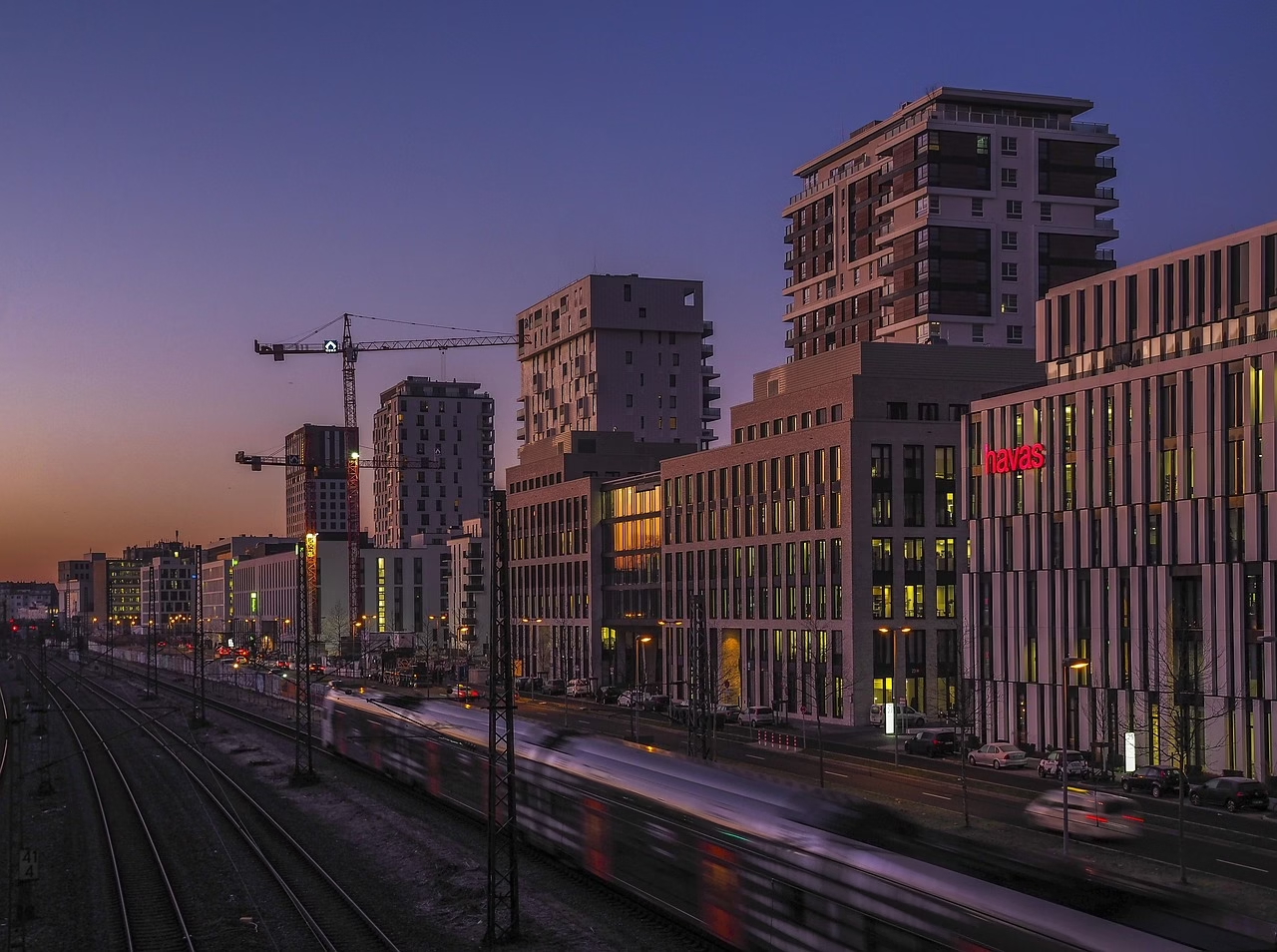Qatar’s Ooredoo Launches Sovereign AI Cloud Powered by NVIDI
July 7, 2025 | by Olivia Sharp

Ooredoo’s Sovereign AI Cloud: Why Qatar Just Raised the Bar for Regional Innovation
Dr. Olivia Sharp • 7 July 2025
This week, Qatar’s Ooredoo flipped the switch on a sovereign AI cloud platform powered by NVIDIA’s Hopper-generation GPUs—marking a milestone that blends geopolitics, high-performance computing, and the region’s pursuit of digital self-reliance.
Decoding the Announcement
At its core, the launch delivers dedicated clusters of NVIDIA H100/H200 GPUs inside data centers located entirely within Qatar’s borders. Ooredoo positions the service as “sovereign” because customer data, model training, and inference workloads never leave the country, complying with Qatar National AI Strategy mandates and tightening data-residency laws across the Gulf.
The infrastructure sits inside facilities operated by Syntys—Ooredoo’s newly spun-out data-center arm—promising sub-millisecond latency to enterprises across Doha’s industrial zones, energy corridor, and rapidly growing fintech sector. While Ooredoo has not disclosed exact chip counts, my back-of-the-envelope estimate (based on rack-space statements and power-draw figures) suggests an initial footprint of roughly 3,000 Hopper GPUs. That equates to well over 50 petaFLOPS of FP16 compute—enough to fine-tune Llama 3 70 B or build an enterprise-grade multimodal model from scratch.
Why ‘Sovereign’ Really Matters
The word “sovereign” is more than marketing flair. Over the last 18 months, Gulf states have grappled with three overlapping pressures:
- Chip export controls from Washington restrict direct shipments of the highest-end silicon to certain destinations.
- Data-protection directives require sensitive citizen or industrial data to stay on national soil.
- Public-sector AI mandates demand accelerated infrastructure that rivals global hyperscalers—but with local oversight.
By contracting directly with NVIDIA under the Cloud Partner program, Ooredoo leap-frogs supply-chain bottlenecks and secures a predictable GPU pipeline. Meanwhile, customers—from national energy giants to emerging fintech startups—gain performance parity with any Western cloud while keeping data governed by Qatari law.
How Hopper Changes the Economics
Hopper GPUs aren’t just faster; they alter the cost curve. Each GPU bundles Transformer Engine accelerators plus second-generation NVLink Switch fabric, slicing training times for large-language models by up to 5× compared with Ampere-based A100 clusters. For Ooredoo, that performance uplift translates to:
- Higher density — Fewer servers achieve the same throughput, enabling the telco to monetize scarce white-space in its Doha West facility.
- Tiered pricing — Enterprises can rent fractional-GPU instances for inference or reserve bare-metal Hopper pods for multi-week pre-training runs.
- Power efficiency — Hopper’s per-FLOP energy draw is nearly 30 % lower than A100-era nodes, a non-trivial factor in Qatar’s hot-climate cooling equation.
Real-World Impact Scenarios
Concrete use cases landed on my desk within hours of the launch:
2. Islamic FinTech — A Qatari bank is piloting a sovereign GPT tailored to Sharia-compliant finance, using Hopper clusters to fine-tune Arabic/English language pairs while keeping PII onshore.
3. Multilingual Smart City Ops — Doha’s public-works authority plans to deploy vision models for traffic management and Arabic-first digital-twin simulations—all processed locally to satisfy residency mandates.
Competitive Ripple Effects Across MENA
Saudi Arabia’s PIF-backed data-center projects and the UAE’s G42 partnership with Cerebras have already ignited an AI arms race in the Gulf. Ooredoo’s move injects fresh competition by democratizing access: you don’t need sovereign wealth-fund backing to spin up 64 H100s for a week; you just need an Ooredoo account and the ability to pay in Qatari riyals.
For regional cloud providers—especially those reselling commodity x86 compute—this is a wake-up call. Hosters without an accelerated roadmap risk being type-cast as storage utilities while high-margin AI workloads migrate to Hopper-class clusters.
What to Watch Next
Three signposts will tell us whether Ooredoo’s sovereign AI cloud becomes a transformative platform or a high-profile proof-of-concept:
- Chip Refresh Cadence — NVIDIA’s H200 and forthcoming Blackwell GB200 promise memory boosts vital for ultra-large token windows. Ooredoo must lock early allocations to maintain relevance.
- Ecosystem Depth — Tooling matters. The telco is bundling NVIDIA AI Enterprise; I’m watching for native integrations with Hugging Face Hub, vector DBs like Milvus, and low-code MLOps stacks.
- Sovereign Interconnect — Qatar, Kuwait, and Oman could federate their Ooredoo-run clouds into a Gulf research mesh—pooling models without exporting raw data. If that appears on a 12-month roadmap, we’ll know sovereign AI is maturing.
The Bottom Line
Ooredoo’s Hopper-powered sovereign cloud is more than a technology upgrade—it’s a strategic posture. By pairing state-of-the-art silicon with in-country governance, Qatar sends a clear signal: regional AI excellence no longer requires dependency on overseas hyperscalers. For developers, policymakers, and businesses across MENA, the message is simple and compelling: your most ambitious AI workloads can now stay at home—without compromising on speed, scale, or innovation.

RELATED POSTS
View all



